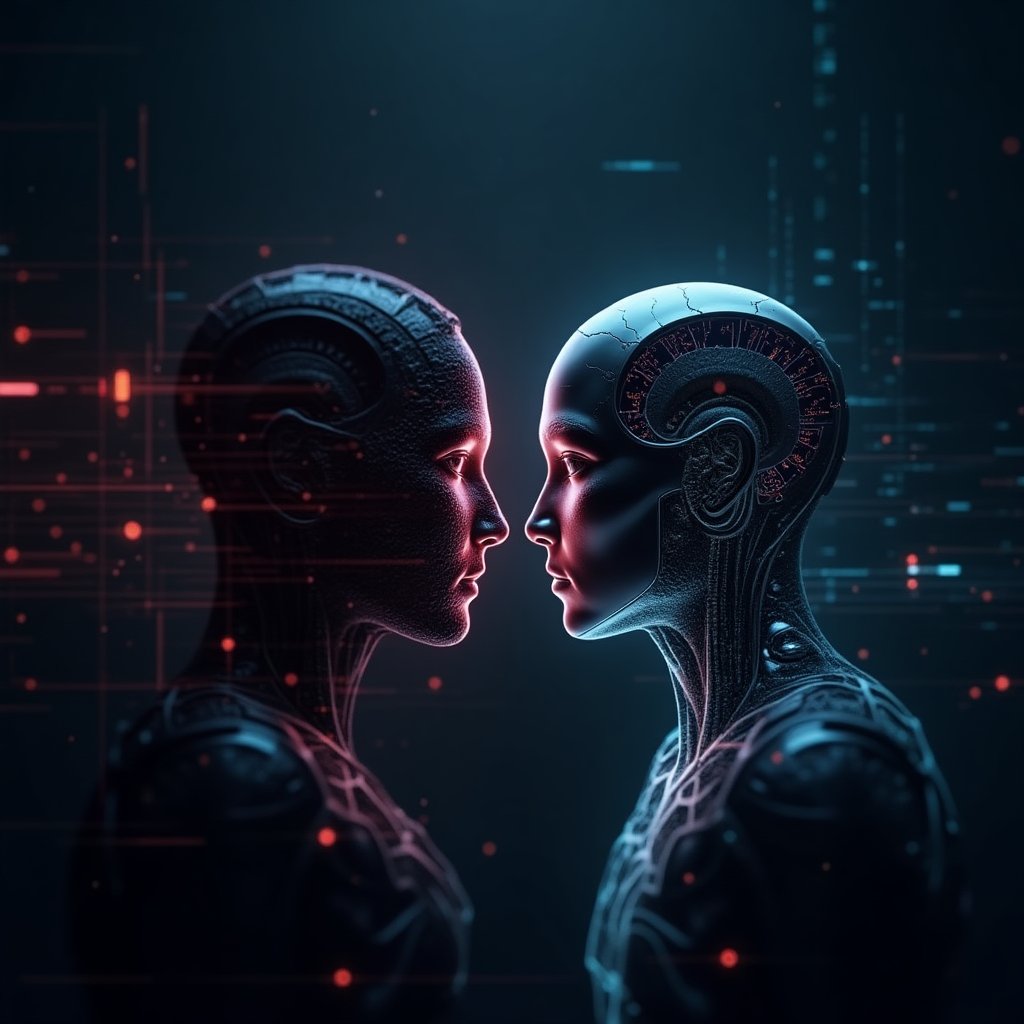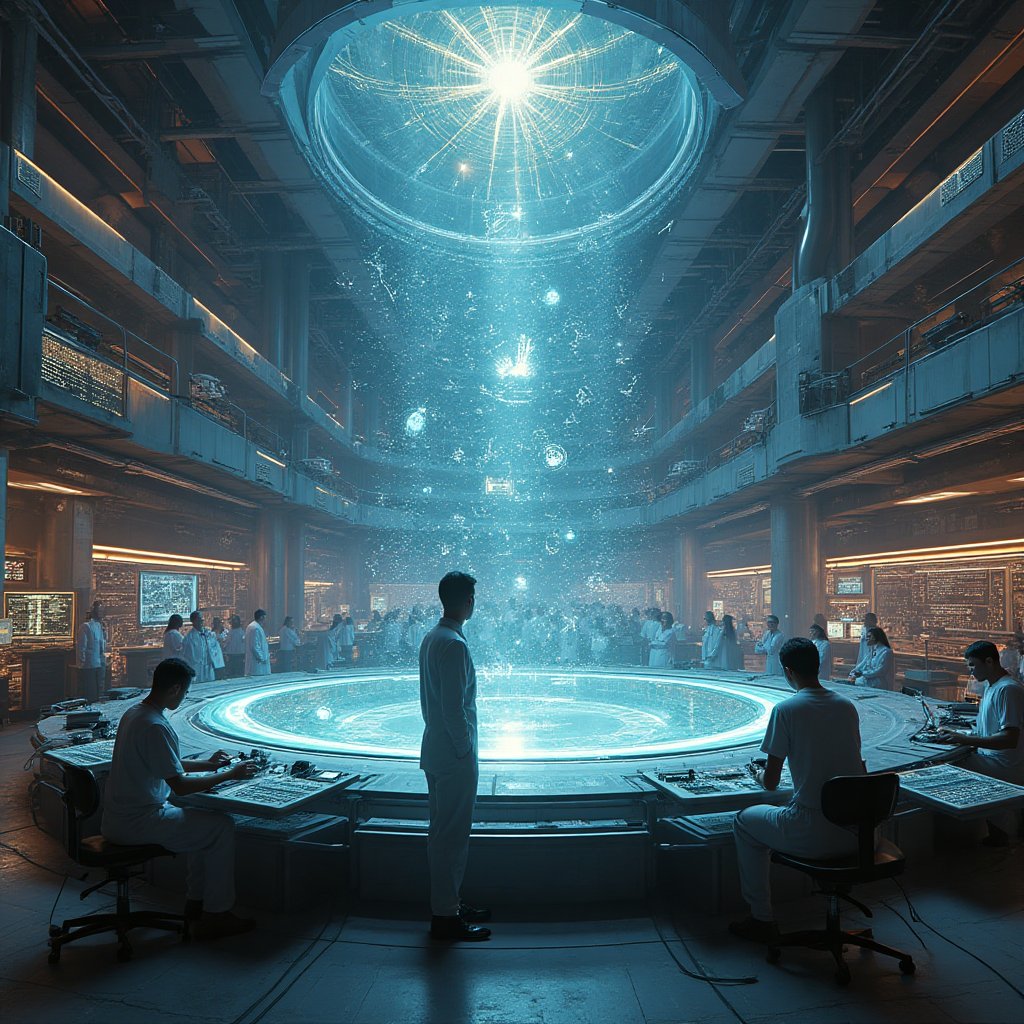The OpenAI-Microsoft Tension: What’s Really Going On?
At the heart of this story is Mustafa Suleyman, the CEO of Microsoft’s AI division. Suleyman, a heavyweight in the AI world, reportedly clashed with OpenAI during a recent video call. The issue? OpenAI refused to share detailed documentation about how its latest model, O1, processes user queries. For Microsoft, this was a major red flag. They wanted to understand the “chain of thought” behind OpenAI’s models to potentially replicate the technology themselves. But OpenAI, understandably, wasn’t willing to hand over the keys to its kingdom.
This isn’t just about corporate secrets—it’s about control. OpenAI’s models, like ChatGPT, are the gold standard in generative AI. By keeping their methods proprietary, OpenAI maintains its competitive edge. But for Microsoft, this secrecy is a roadblock. They’ve invested billions in OpenAI, and now they’re left wondering if they’re too dependent on a partner that won’t fully open up.
Microsoft’s AI Ambitions: Building Their Own Empire
Microsoft isn’t sitting idle. They’ve been quietly developing their own AI models, like MAI-1, a 500-billion-parameter model designed to rival OpenAI’s GPT-4. This isn’t just a backup plan—it’s a statement. Microsoft wants to be self-sufficient in AI, and they’re willing to go toe-to-toe with OpenAI to get there.
But building a world-class AI model isn’t easy. Microsoft’s MAI-1 project has faced technical setbacks, abrupt strategy changes, and even internal disagreements. Some Microsoft veterans reportedly left the company over disagreements with Suleyman’s management style. Meanwhile, OpenAI has been churning out cutting-edge models, leaving Microsoft playing catch-up.
The Bigger Picture: A Shifting AI Landscape
This tension between OpenAI and Microsoft reflects a broader trend in the AI industry. As generative AI becomes more valuable, companies are scrambling to secure their positions. OpenAI’s dominance isn’t guaranteed, especially with competitors like Google, Anthropic, and even open-source models nipping at their heels.
Microsoft’s strategy is clear: diversify. They’re experimenting with models from OpenAI’s competitors, including Anthropic and DeepSeek, and even open-source options like Meta’s LLaMA. This hedging strategy makes sense—why put all your eggs in one basket when the AI landscape is so volatile?
What This Means for OpenAI
For OpenAI, Microsoft’s push for independence is a wake-up call. Their partnership with Microsoft has been a cornerstone of their success, but if Microsoft reduces its reliance on OpenAI’s models, it could hurt OpenAI’s bottom line. The question is: can OpenAI maintain its lead without Microsoft’s backing?
OpenAI’s decision to keep its methods proprietary is understandable, but it comes with risks. In a fast-moving industry, collaboration is often key to innovation. By holding their cards too close, OpenAI risks alienating partners and falling behind competitors who are more open to collaboration.
The Future of AI: Open Source vs. Proprietary
This saga also highlights a larger debate in the AI world: open source vs. proprietary models. Open-source models, like Meta’s LLaMA, are gaining traction, offering a more transparent and collaborative approach to AI development. Microsoft’s Satya Nadella has even hinted that open-source models could serve as a check on proprietary dominance, ensuring a more balanced AI ecosystem.
But for companies like OpenAI, the stakes are high. Their proprietary models are their crown jewels, and sharing too much could erode their competitive advantage. The challenge is finding the right balance between collaboration and control.
What’s Next for OpenAI and Microsoft?
As the dust settles, one thing is clear: the OpenAI-Microsoft partnership is at a crossroads. Microsoft’s push for independence could lead to a more competitive AI landscape, but it also raises questions about the future of collaboration in the industry. Will OpenAI double down on its proprietary approach, or will it open up to stay ahead? And can Microsoft succeed in building its own AI empire, or will it remain tethered to OpenAI?
One thing’s for sure: the AI industry is entering a new era, and the stakes have never been higher. As companies jockey for position, the winners will be those who can balance innovation, collaboration, and control.
Join the Conversation
What do you think about the OpenAI-Microsoft drama? Is OpenAI’s proprietary approach the right move, or should they open up to stay competitive? And can Microsoft succeed in building its own AI models? Share your thoughts in the comments below and become part of the iNthacity community—the Shining City on the Web. Like, share, and join the debate!
Wait! There's more...check out our gripping short story that continues the journey: The Shattered Codex
Disclaimer: This article may contain affiliate links. If you click on these links and make a purchase, we may receive a commission at no additional cost to you. Our recommendations and reviews are always independent and objective, aiming to provide you with the best information and resources.
Get Exclusive Stories, Photos, Art & Offers - Subscribe Today!


























Post Comment
You must be logged in to post a comment.